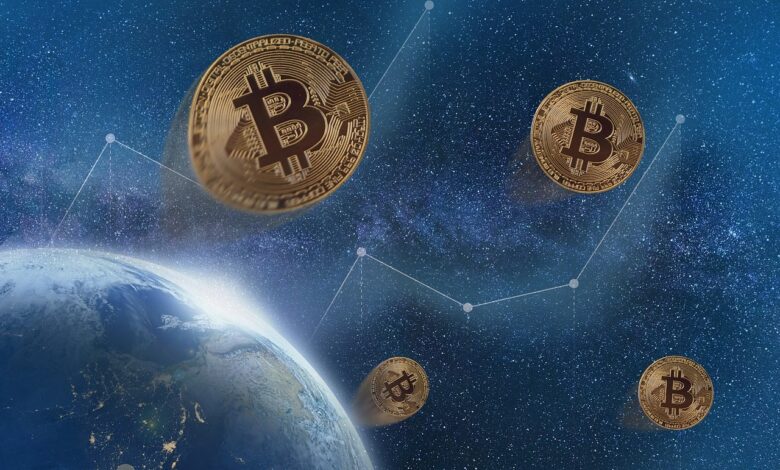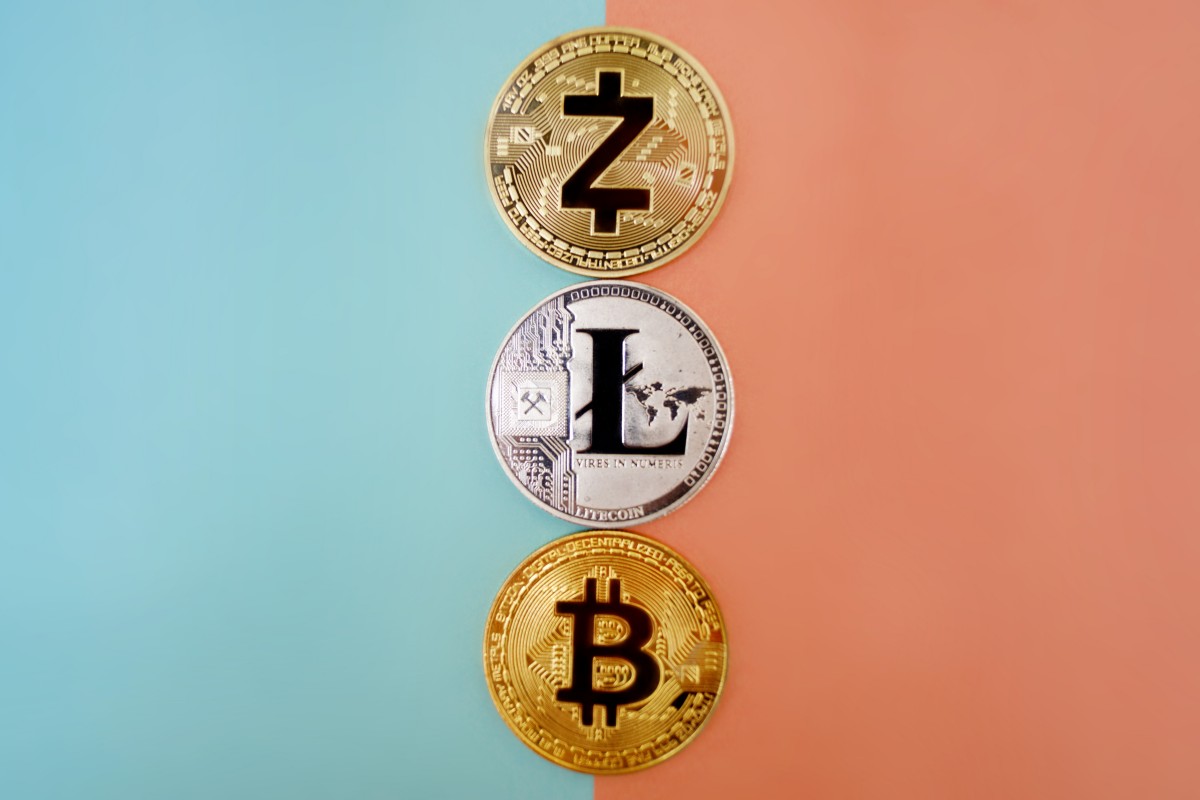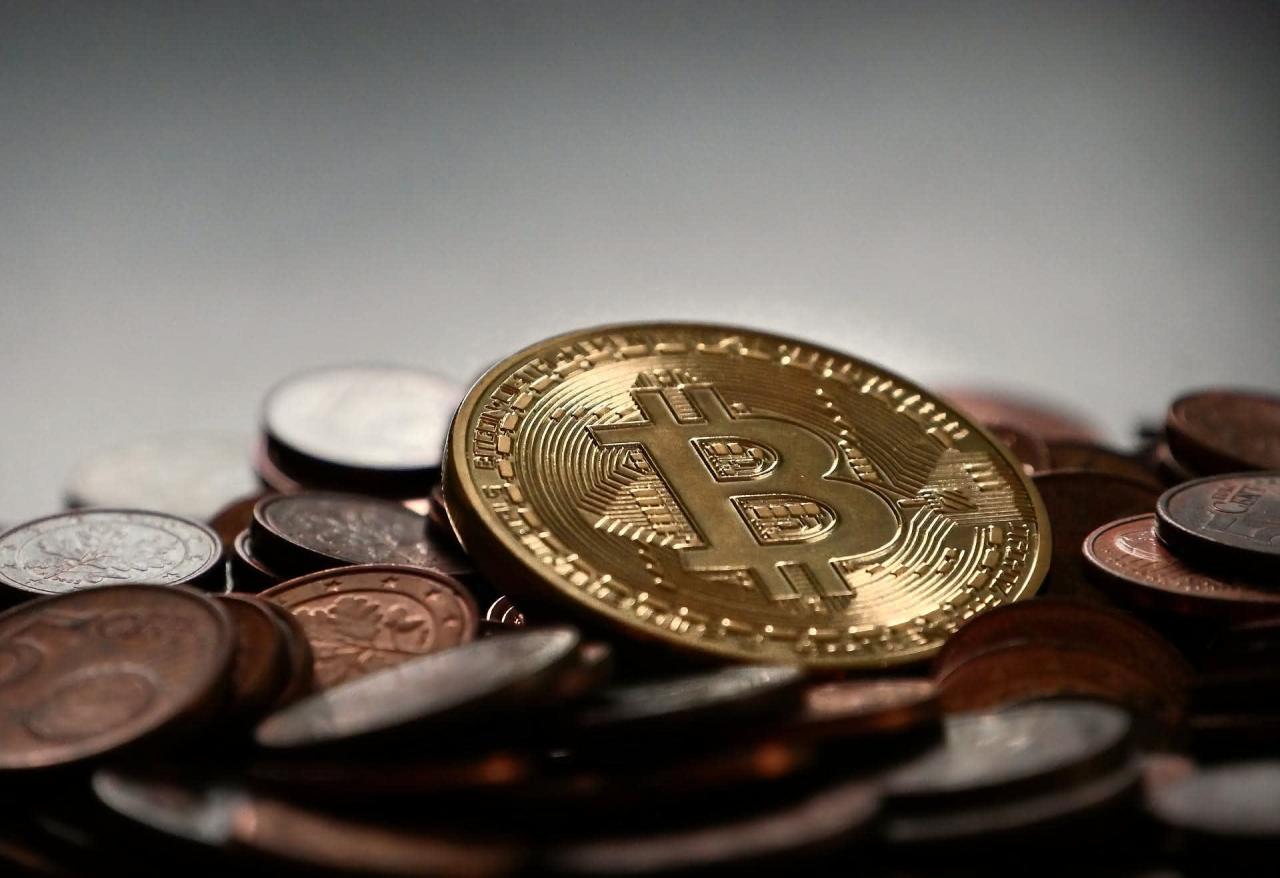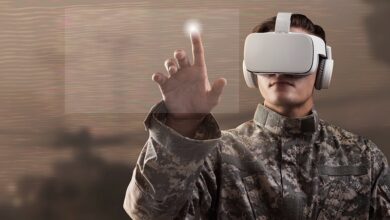NFTs: Verifiable Digital Ownership and Asset Scarcity

The long-established concept of ownership, which was traditionally rooted in the physical possession of tangible assets like land, gold, or art, has undergone a fundamental, revolutionary transformation in the digital age.
For decades, the entire digital realm was dominated by the principle of perfect, costless replication. Any digital file—be it an image, a song, or a video—could be copied infinitely without any loss of quality or value, making the establishment of unique, verifiable digital ownership an impossible contradiction.
The emergence of Non-Fungible Tokens (NFTs), built upon the secure, immutable foundation of blockchain technology, provides the definitive technical solution to this core problem. An NFT is a specialized, cryptographic token that represents a unique, non-interchangeable digital asset.
It functions as the ultimate certificate of authenticity and title, verifying the true ownership of a digital or real-world item immutably on a public ledger. This groundbreaking innovation is not merely a passing fad focused on digital art. It is a foundational infrastructure that is redefining property rights, empowering creators, and unlocking entirely new economic models across the art, gaming, and real estate sectors.
Understanding the mechanics, utility, and legal implications of NFTs is absolutely essential for comprehending the future of digital commerce and the next generation of asset valuation.
The Critical Concept of Non-Fungibility
To grasp the innovation behind Non-Fungible Tokens (NFTs), one must first understand the crucial distinction between fungibility and non-fungibility. This differentiation is the core philosophical concept driving the entire asset class. It separates interchangeable currency from unique property.
Fungible assets are those that are mutually interchangeable. Each unit is identical to the next and holds the exact same value. A dollar bill, for example, is fungible; any one-dollar bill holds the same value and function as any other dollar bill. Traditional cryptocurrencies like Bitcoin are also fungible; one BTC is always equal in value and utility to any other BTC.
Non-fungible assets, in contrast, are unique and non-interchangeable. Each unit possesses its own distinct identity and value. A specific house, an original painting, or a one-of-a-kind baseball card are all non-fungible assets. No two are exactly alike, even if they share the same physical form.
An NFT utilizes the unique, cryptographically verifiable features of the blockchain to establish this non-fungibility in the digital world. The NFT itself is the unique identifier, or the digital deed, that represents ownership of the specific, underlying asset. This digital deed is unique and cannot be replicated, copied, or substituted.
This inherent, verifiable uniqueness is the key innovation that creates digital scarcity. It transforms an endlessly reproducible digital file into a singular, collectible piece of digital property. The NFT technology provides the necessary technical assurance of ownership integrity.
The Technological Architecture of NFTs
The functionality and security of NFTs are entirely dependent upon the transparent, automated, and secure architecture of the blockchain. The token is essentially a complex entry on a distributed ledger. This unique technological structure guarantees its authenticity.
A. Smart Contracts and Metadata
An NFT is created, or “minted,” via a specialized smart contract on a programmable blockchain, most commonly Ethereum. This smart contract contains the unique rules that define the token’s non-fungibility. It also controls the token’s subsequent transferability and management.
The smart contract stores a critical piece of information known as the metadata. The metadata describes the actual digital asset the token represents. This includes the asset’s name, description, and, crucially, a secure, unique link (often an IPFS hash or URL) pointing to the digital file itself. This link is the direct connection between the token and the art or file.
B. Blockchain as the Public Ledger
The blockchain serves as the public, immutable ledger that permanently records the existence of the NFT and tracks every single transfer of ownership. This publicly verifiable record is the source of the NFT’s authenticity. This transparency ensures that the provenance (history of ownership) is fully auditable by anyone.
C. Unique Token ID
Every NFT possesses a Unique Token ID and a contract address. This combination of identifiers makes the token verifiably distinct from every other token on the entire blockchain network. This unique identifier guarantees that the NFT cannot be swapped for an identical token. This is the cryptographic proof of its non-fungibility.
D. Standards (ERC-721 and ERC-1155)
NFTs are governed by established technical standards that dictate how they function and interact with wallets and marketplaces. The ERC-721 standard is the original and most common protocol used to create truly unique, one-of-a-kind tokens. The ERC-1155 standard allows for the creation of unique tokens that can also exist in limited supply (semi-fungible). These standards ensure interoperability across the ecosystem.
Applications and Utility Across Industries

The utility of NFTs extends far beyond digital art and is rapidly transforming multiple traditional industries by introducing verifiable digital ownership. The applications are highly diverse and continue to expand rapidly. The potential for disruption is immense.
E. Digital Art and Collectibles
This is the most visible application. NFTs allow digital artists to monetize their work directly by creating scarcity. Collectors can own a verifiable “original” digital file, even though copies can be viewed freely online. This establishes a new, liquid market for digital fine art and collectibles. The technology transforms a reproducible file into a tradeable asset.
F. Gaming and Metaverse Assets
The integration of NFTs into gaming is highly transformative. NFTs represent unique in-game items, weapons, characters, or virtual land in metaverse environments. Players can truly own and freely trade these digital assets, moving them outside the control of the game developer. This creates player-owned economies and enables Play-to-Earn (P2E)models.
G. Tokenized Real Estate
NFTs can represent fractional or full ownership of real-world assets (RWAs), including physical real estate. This tokenization process improves liquidity, simplifies legal transfer, and allows for fractional investment in expensive properties. The digital token acts as an efficient, modern deed of ownership recorded on the blockchain.
H. Ticketing and Access Control
NFTs can serve as secure, verifiable digital tickets for events, concerts, or specialized community access. The unique token ID eliminates the risk of counterfeiting and allows the original creator to collect royalties on secondary market sales. This provides a more secure and monetizable ticketing mechanism.
I. Digital Identity and Medical Records
In the future, NFTs may be used to store and manage verifiable, self-sovereign digital identity credentials or encrypted medical records. The individual owns the NFT containing the data access rights. They can grant or revoke access permissions instantly. This use case ensures absolute user control over sensitive personal information.
Market Dynamics and Valuation

The NFT market is highly unique and characterized by extreme volatility and subjective valuation. The value of an NFT is driven by factors distinct from those that govern the pricing of fungible cryptocurrencies. Understanding these drivers is essential for investors.
Scarcity and Rarity are primary drivers of value. A truly unique, one-of-a-kind NFT or one from a small, limited collection will command a higher price. The specific features or attributes of the token often dictate its rarity within the collection.
Community and Social Status play an enormous role in valuation. Ownership of certain NFTs provides access to exclusive online communities, social clubs, or events. The desire for social signaling and membership in a high-status group drives significant demand. The utility is often tied to belonging.
Floor Price is a key market metric. It refers to the lowest price at which any NFT from a specific collection is currently listed for sale on a marketplace. The floor price provides a baseline valuation for the entire project. This metric helps track the overall health and community demand for the collection.
The market is highly speculative, with value often driven by hype, celebrity endorsement, and rapid sentiment shifts. This volatility necessitates extreme caution. Valuation is inherently subjective and tied to cultural relevance rather than traditional cash flow analysis.
Conclusion
Non-Fungible Tokens (NFTs) are the essential legal technology that successfully enables verifiable digital ownership.
The unique token ID, recorded on the blockchain, provides the immutable certificate of authenticity for a digital or real-world asset.
The core innovation is the creation of digital scarcity, transforming infinitely reproducible files into unique, tradeable property rights.
NFTs are minted via specialized smart contracts, which also hold the crucial metadata that links the token to its underlying asset.
The primary applications are revolutionizing markets for digital art, in-game assets, and the tokenization of physical real estate.
Gaming models like Play-to-Earn (P2E) utilize NFTs to create player-owned economies, monetizing time spent in virtual worlds.
The value of an NFT is highly subjective and is driven by market factors like scarcity, rarity, and the social status derived from ownership.
The public nature of the blockchain ledger ensures complete transparency and auditable provenance (history of ownership) for every single token.
The technology provides the essential, secure foundation for future digital identity management and decentralized access control systems.
NFTs empower creators by guaranteeing royalties on secondary market sales, establishing a new, sustainable economic model for artists.
This decentralized framework fundamentally challenges the centralized control of data and ownership held by massive Web2.0 corporations.
Mastering the mechanics of NFTs is crucial for navigating the next profound evolution of commerce, property rights, and digital freedom.


